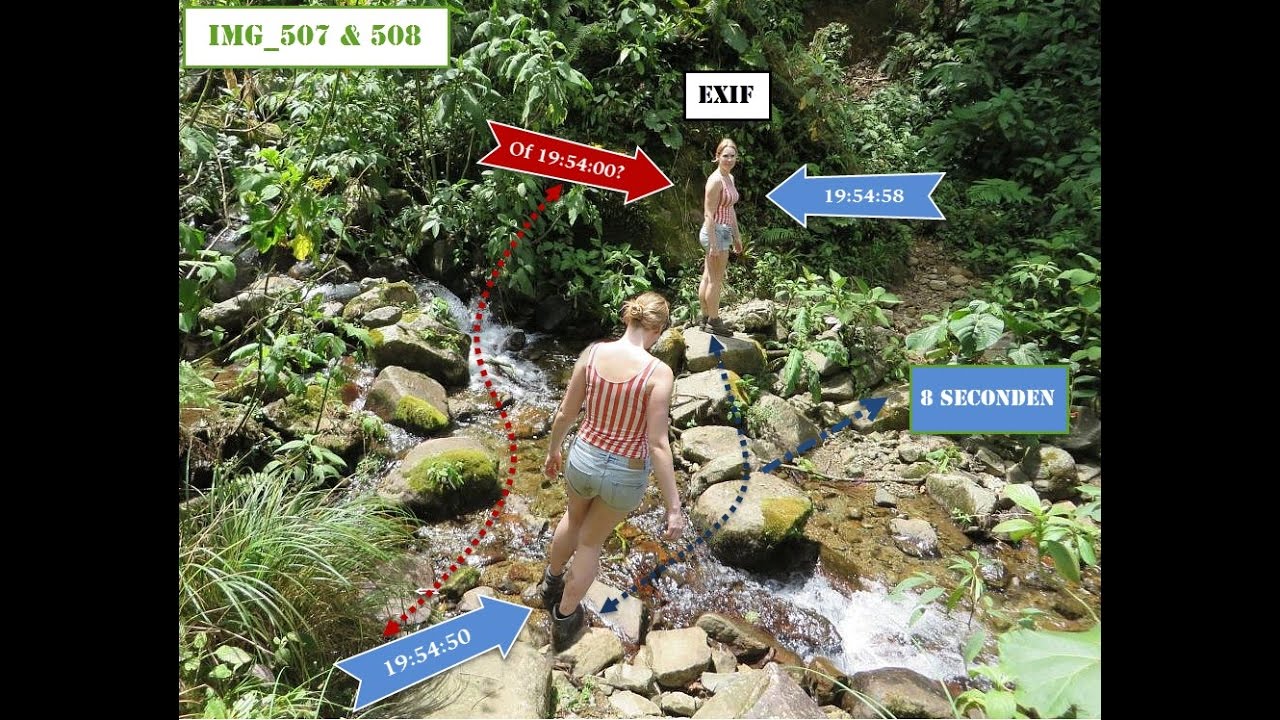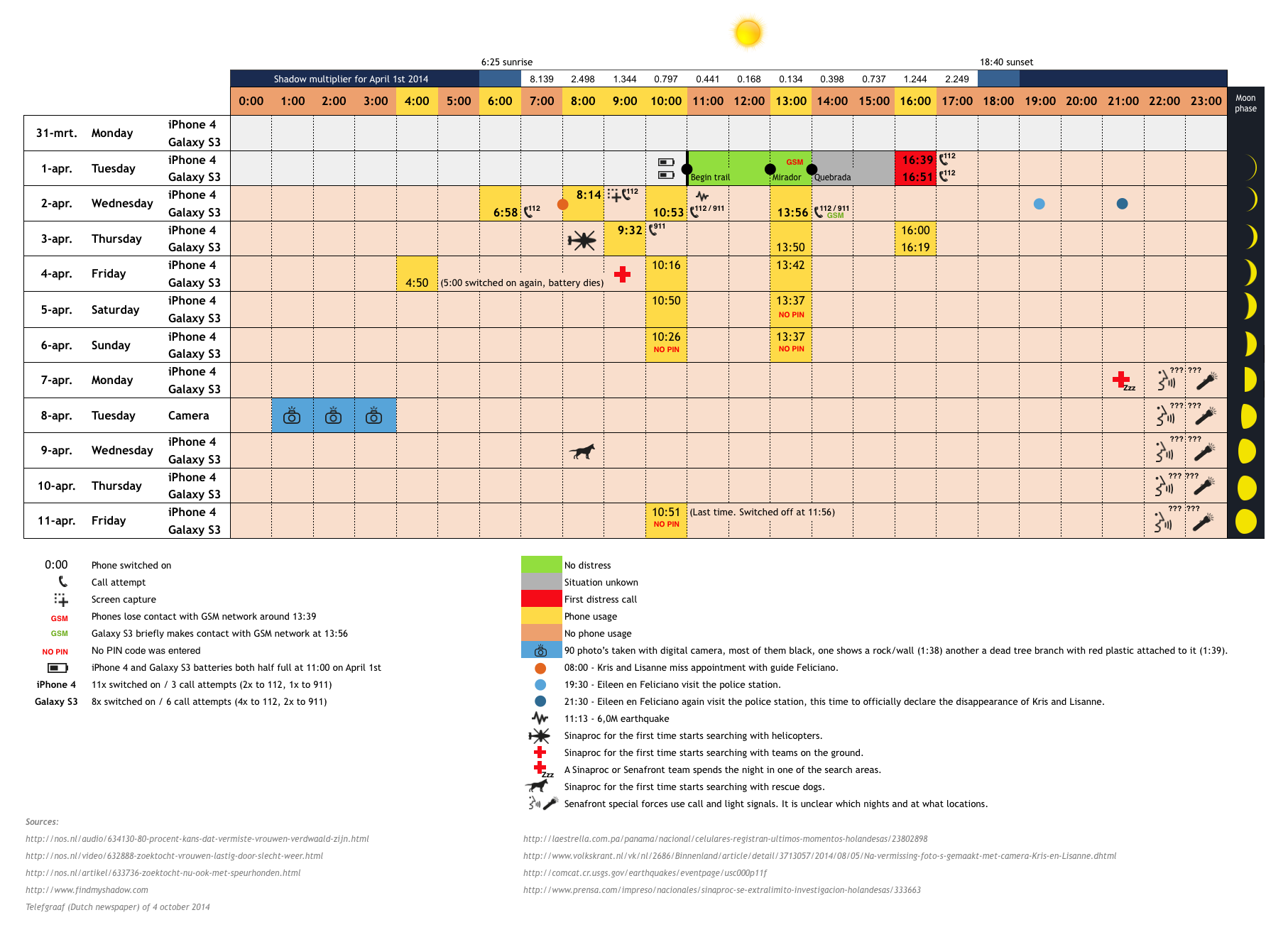

Did it make sense to flash roughly vertically upwards? The reliable source of historical hourly weather data (links below) skips these particular hours, but highish humidity and partial cloud cover are on the cards. They were somewhere near a narrow river, with tall woodland on both sides. And they did have a light source their camera's flash.īut they couldn't aim that flash directly at the rescue team. But tropical mountain woodland won't carry any sound very far, even in the almost windless conditions prevailing that night.

Wonderful piece of kit - costs little, weighs grams, makes a hell of a lot of noise. How could they answer them? Apparently they didn't have the standard orange plastic whistle hikers usually carry. It seems plausible that the women saw the light signals.

These are not described in detail, but a rescue party would normally use a Very pistol to send up a series of white parachute flares to indicate their own position. This happens to be the first night out for a rescue team, said to have used light and sound signals. That matches the already documented period of night photography between 01:00 and 04:00 on Tuesday 8th. The final seventy of the 133 sequential photos "appear to have been taken from a deep, dark location, almost certainly after sunset and presumably featuring a large amount of overhanging vegetation." The photos were taken "on April 8th during the night, presumably to draw attention." The recent Telegraaf article (Saturday October 4th) based on the Dutch Forensic Institute (NFI) report concerning the contents of their backback quotes "involved sources" thus: Just wandered into the websleuths thread and found this post:


 0 kommentar(er)
0 kommentar(er)
